Saving Our Architectural Heritage: The Conservation of Historic Stone Structures
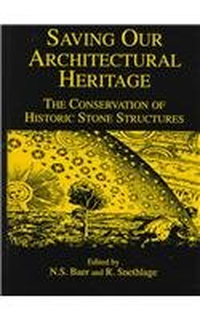
Summary
It has become obvious that public policy will play a critical role in determining what portion of our architectural heritage will be passed on to future generations and what portion will be lost to deterioration, development, and natural hazards. In developed nations, as much as 10% of the built environment is deemed of sufficient cultural and historic importance to be given local or national listing. At the international level, UNESCO maintains a World Heritage List that includes many stone monuments. While the past two decades have witnessed a growing body of research devoted to understanding the fundamental mechanisms of damage to stone and to developing strategies for the conservation of stone, virtually no research has been conducted on the quantification of the economic role of stone buildings and structures as well as the valuation of cultural property.
In order to introduce the tools and methods of economic analysis to the public policy debate on the preservation of cultural property, a multidisciplinary team of physical scientists worked with social scientists to explore how societal, economic, and ethical considerations might be integrated with technological options to lead to informed policy decisions. Recognizing that economic analyses must rest on firm technical data and sound conservation options, the state of our knowledge of mechanisms and rates of damage, the diagnosis of condition, and the evaluation of treatment options were subjected to critical review; special attention was given to the identification of promising, innovative areas of research.
This volume represents an important first step in rationalizing the decision-making process for the setting of public policy in the preservation of our architectural heritage. It will be of interest not only to those actively engaged in research and conservation on stone structures, but also to those concerned with urban planning, public policy, economic analysis, and environmental standards setting.
Goal of this Dahlem to identify critical gaps in our knowledge of the deterioration mechanisms for treated and untreated historically important stone; to suggest innovative approaches to the study of deterioration mechanisms and novel remedial measures for treated and untreated historically important stone; and to address the socioeconomic factors that determine preservation actions for our architectural heritage.
Similar Books
-
 Social Marketing: Why should the Devil have all the best tunes?
Social Marketing: Why should the Devil have all the best tunes?by Gerard Hastings
-
 Government and Politics in the Lone Star State: Theory and Practice
Government and Politics in the Lone Star State: Theory and Practiceby L. Tucker Gibson Jr.
-
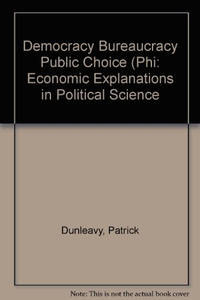
-
 To What Ends and By What Means
To What Ends and By What Meansby Gloria M. Rodriguez
-
 Corruption in International Trade and Commercial Arbitration
Corruption in International Trade and Commercial Arbitrationby Abdulhay Sayed
-
 Pricing Decisions in the Euro Area: How Firms Set Prices and Why
Pricing Decisions in the Euro Area: How Firms Set Prices and Whyby Silvia Fabiani
-
 Shopping Choices with Public Transport Options: An Agenda for the 21st Century
Shopping Choices with Public Transport Options: An Agenda for the 21st Centuryby Muhammad Faisal Ibrahim
-
 International Extradition United States Law and Practice Release One and Two
International Extradition United States Law and Practice Release One and Twoby M. Cherif Bassiouni
-
 The Economic Benefits And Costs Of Entrepreneurship: A Review of the Research
The Economic Benefits And Costs Of Entrepreneurship: A Review of the Researchby C. Mirjam van Praag
-
 Transportation Planning and the Future
Transportation Planning and the Futureby Peter Nijkamp
-
 Banks, Finance and Investment in Germany
Banks, Finance and Investment in Germanyby Jeremy Edwards
-
 Corporate Law and Economic Analysis
Corporate Law and Economic Analysisby Lucian Arye Bebchuk
-
 Earth Observation Data Policy
Earth Observation Data Policyby Raymond Harris
-
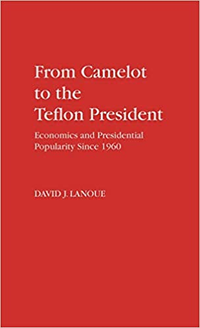
-
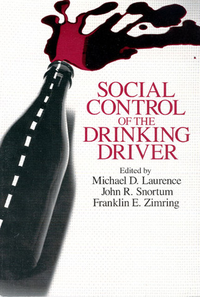 Social Control of the Drinking Driver
Social Control of the Drinking Driverby Michael D. Laurence
-
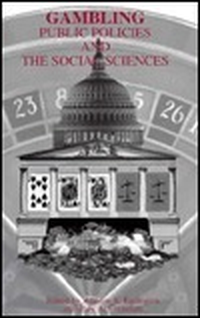 Gambling: Public Policies And The Social Sciences
Gambling: Public Policies And The Social Sciencesby William R. Eadington
-
 Obesity, Business and Public Policy
Obesity, Business and Public Policyby Alan Lyles
-

-
 Bankers Remedy of Set Off
Bankers Remedy of Set Offby Sheelagh McCraken
-
 Can the Free Market Pick Winners?: What Determines Investment
Can the Free Market Pick Winners?: What Determines Investmentby Paul Davidson
-
 Social Control of the Drinking Driver (Studies in Crime & Justice
Social Control of the Drinking Driver (Studies in Crime & Justiceby Michael D. Laurence
-
 The Role of Economic Analysis in the EC Competition Rules
The Role of Economic Analysis in the EC Competition Rulesby Doris Hildebrand
-
 CHEMICAL WARFARE ARMS CONTROL
CHEMICAL WARFARE ARMS CONTROLby Julian Perry Robinson